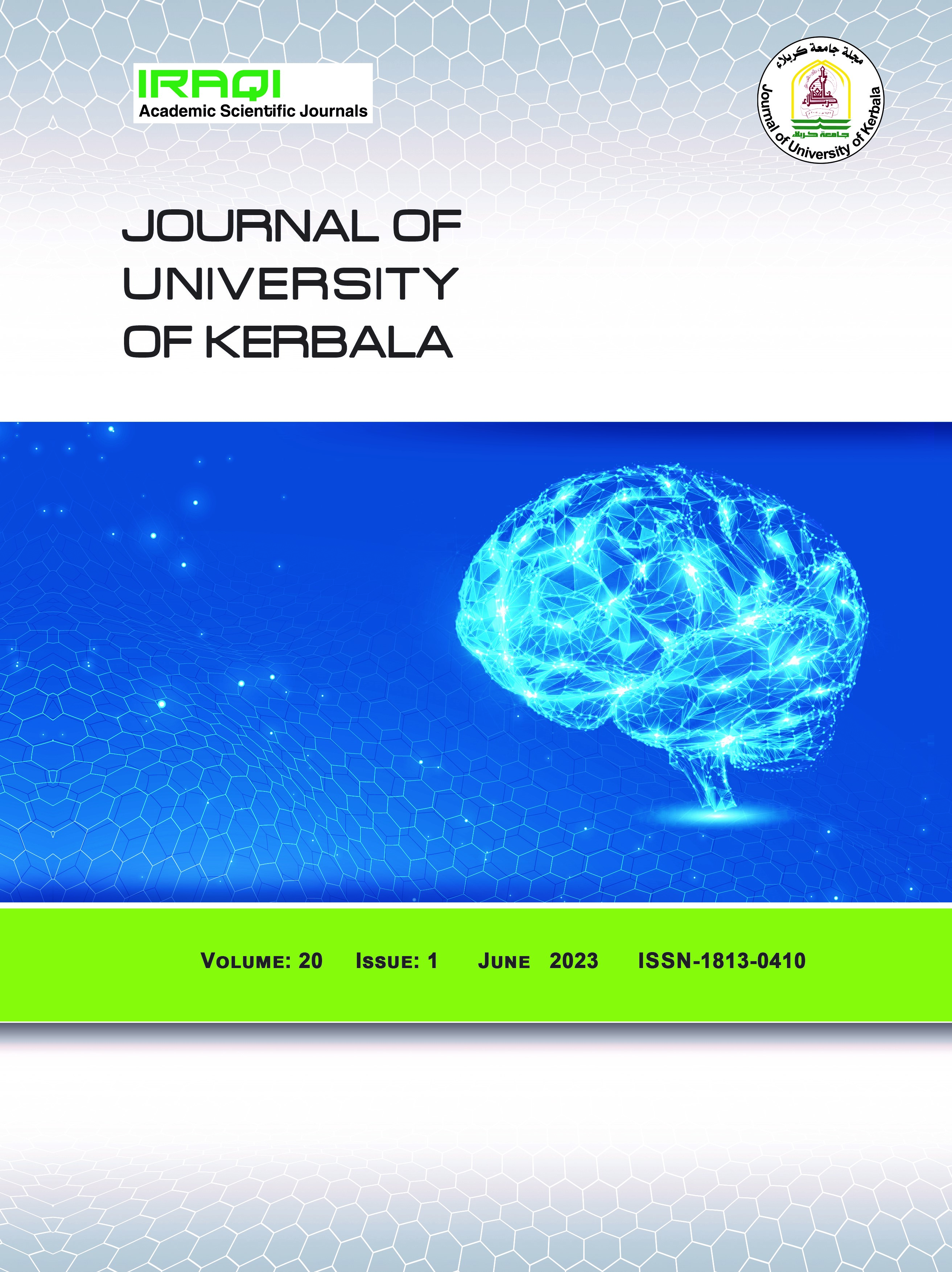Detection Cysticercus tenuicollis With / Exposure To Novel Synthesized Compounds by GC-MS and SEM In Basrah Province, Iraq
Keywords:
GC-MS , SEM, Cysticercus tenuicollis.Abstract
Background: The chemical makeup of plants or other organic molecules was comprehensively characterized using gas chromatography-mass spectrometry technologies (GC-MASS). However, this is the first time that a parasite has been included. Aim of the study: it attempts to detect the content and structure of larval stage Cysticercus tenuicollis by GC- MS and scanning electron microscope as a comparison method when this parasite was treated with novel Synthesized Compounds. Materials and methods: The slaughtered animal samples, which were sheep and goat, were collected from Basrah slaughterhouse and butchers and, after removing the cyst from the infected organ, then separated and collected the fluid and scolex. Result and Discussion: This study showed a chemical compound that different in both scolex and liquid of Cysticercus tenuicollis and novel synthesized compounds. The current study compared the scolex and the fluid of a Cysticercus tenuicollis after it was treated with 5 novel synthesized compounds prepared for the first time. The study showed a chemical compound that different in both scolex and liquid of Cysticercus tenuicollis, such as cholesterol, ethanol, sulfone, ester, Phenol, Sulfadiazine, and acids. While scanning electron microscope showed registered different morphological characters and a clear destruction in the membrane and hooks of the scolex. Conclussion: The study recorded a chemical compound that was different in both the scolex and liquid of Cysticercus tenuicollis and novel synthesized compounds and registered different morphological characters and a clear destruction in the membrane and hooks of the scolex.
Published
Versions
- 2023-07-24 (2)
- 2023-07-24 (1)





